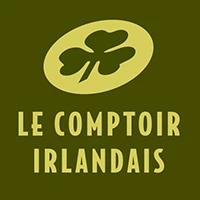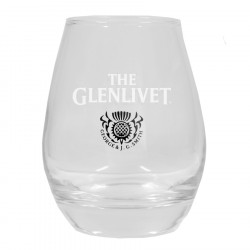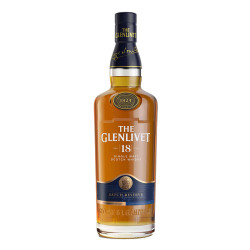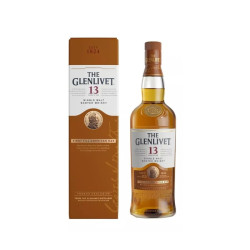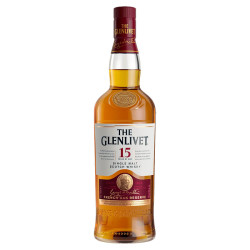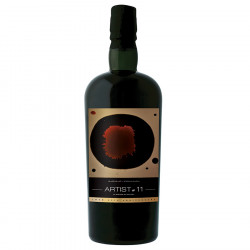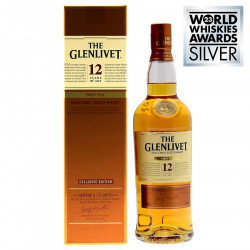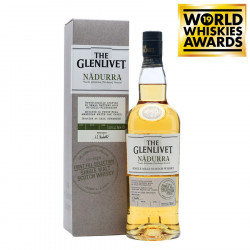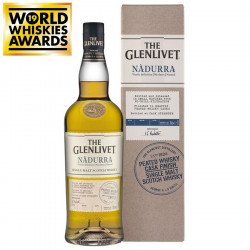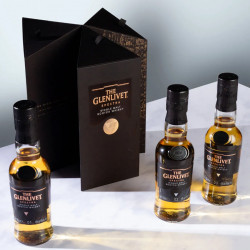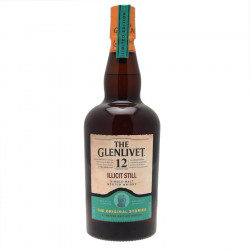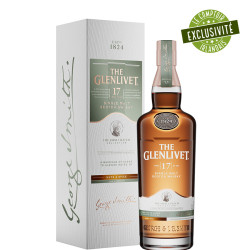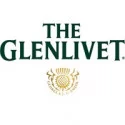
The Glenlivet

Tulip-shaped whisky glass from Speyside distillery The Glenlivet.
4,50 €In StockBalanced, rich and elegant, The Glenlivet 18 Year Old Single Malt Scottish Whiskey is made for special occasions!
99,00 €In StockA Single Malt from The Glenlivet distillery that has aged for 13 years in American oak barrels.
44,90 €In StockThis Glenlivet 15 year old aged in French Limousin oak barrels has a distinctive rich and exotic character.
76,50 €In StockThis Glenlivet version of the 11th Artist collection is both rich and complex, with remarkable balance.
245,00 €In StockThe Glenlivet is the flagship of Speyside. This French exclusivity drives us through the traditional elaboration methods of a great whisky.
39,90 €The Glenlivet Nàdurra First Fill is a Scotch Single Malt fully aged in first fill American white oak cask.
69,90 €Glenlivet Nàdurra Peated draws its inspiration from the historic traditions of whisky making at The Glenlivet, where peat smoke was originally used to dry the malted barley.
74,50 €The Glenlivet offers a unique sensory experience with this Spectra box set consisting of three mysterious whiskies with exceptional notes.
120,00 €Glenlivet offers a limited edition of a Single Malt aged for 12 years which pays tribute to its beginnings. Bottled at 48 °, it is unfiltered cold.
42,50 €This exclusive 17-year-old edition is part of The Glenlivet's Small Batch collection, a series distinguished by its exceptional refinement.
Their name was then Gow, which they changed into Smith to give it a more English consonance, as a battle was lost against the English. In 1823, the ability to obtain a license was created with the enforcement of the Excise Act. George Smith was the first to ask for and obtain his legal license to operate a distillery. He started his activities in a farm.
The Duke of Gordon, owner of the field and father of the first law on distillery legalisation was quite enthusiast about the results of this first legal distillery. But illegal distillers were not. They even threatened George Smith, which led the Duke of Gordon to lend him two pistols, still exhibited today in the distillery’s museum.
In 1849, his son James Gordon Smith founded a distillery named Delnabo, near Tomintoul. As this did not turn out to be a success, George took over the management of his son’s distillery and renamed it Cairngorn. In 1858, George associated with his son James Gordon Smith, to build a bigger distillery near Minmore, where is located the current distillery.
The two old distilleries were then closed and dismantled. The new distillery was located near the railway, which would be most helpful in the following. The commercial success is also to be attributed to the exclusive distributor of the distillery’s products, Andrew Usher & Co, who by the way invented the first consistent commercial blend, consistency being a key value of blended whiskies.
In the 1880’s, The Glenlivet had such a reputation than a few shameless distillers even borrowed the name. John Gordon Smith partially won the trial as he sued many of the competitors and became the only one able to use the name and became “The Glenlivet”, while others could only add the word “Glenlivet” to their own name. The brand was established in 1870.
The current owner wishes to go further and oblige his competitors to relinquish any mention of Glenlivet in their names. He set an example while renaming one of the group’s distillery, formerly “Braes of Glenlivet” to “Braeval”. In 1953 the distillery merged with Glen Grant. In 1958, the original buildings were destroyed by a fire.
At the beginning of the 1970’s, the Glenlivet and Glen Grant purchased the Longmorn distillery and formed the Glenlivet Distillers group, bought back in 1977 by the Seagram group. The distilleries of “The Chivas & Glenlivet Group” belonging to Seagram were purchased by the Pernod-Ricard group on December 19, 2001. The only closure met by the Glenlivet was World War II, as the country was hit by barley shortages. Apart from the Single Malt production, the distillery’s whisky is being used in quality blends, such as Chivas Regal and Royal Salute.
